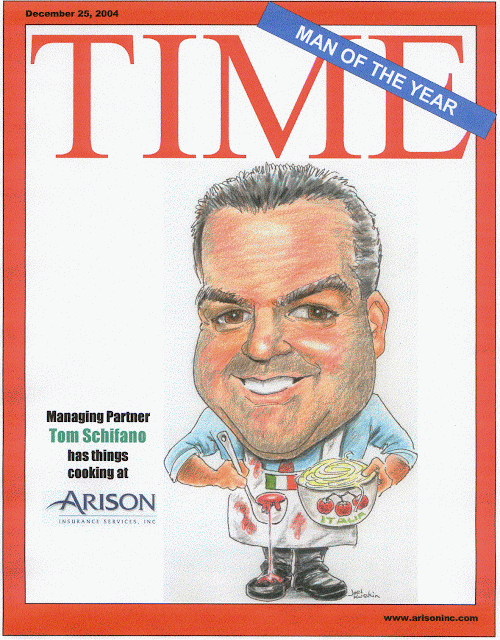No less an august institution than the Metropolitan Museum of
Art recently featured an hommage
to the mischievous art form that is the subject of this monthly commentary and
pictorial display.
Infinite Jest --
Caricature and Satire from Leonardo to Levine, according to the program
notes, explored "caricature and
satire in its many forms from the Italian Renaissance to the present, drawn
primarily from the rich collection of this material in the Museum's Department
of Drawings and Prints.
Welcome to the Winter Solstice edition of Not Your
Usual Caricature Artist.
The show
included drawings and prints by Leonardo da Vinci, Eugène Delacroix, Francisco
de Goya, Henri de Toulouse-Lautrec, and Enrique Chagoya "alongside works by
artists more often associated with humor, such as James Gillray, Thomas
Rowlandson, Honoré Daumier, Al Hirschfeld, and David Levine. Many of these
engaging caricatures and satires have never been exhibited and are little known
except to specialists.
"In its
purest form, caricature—from the Italian carico and caricare, 'to load' and 'to exaggerate'—distorts human
physical characteristics and can be combined with various kinds of satire to
convey personal, social, or political meaning. Although caricature has probably
existed since artists began to draw (ancient examples are known), the form took
shape in Europe when Leonardo da Vinci's drawings of grotesque heads were
copied by followers and distributed as prints.
"The
exhibition's title derives from Hamlet, which is quoted in a Civil War print
that uses the famous line: 'I knew him, Horatio; a fellow of infinite jest' to
mock Lincoln."
Some samples from
the exhibit:
In more recent
times -- though not likely museum-worthy -- these commissioned pieces were produced by
yours truly: the retiring tax accountant executive at Belk, and three of the cook staff at Hawthorne's Pizza:
Wishing you a happy and healthy holiday season.
See you the first Tuesday on the other side of the New Year.
Joel Kweskin




















































